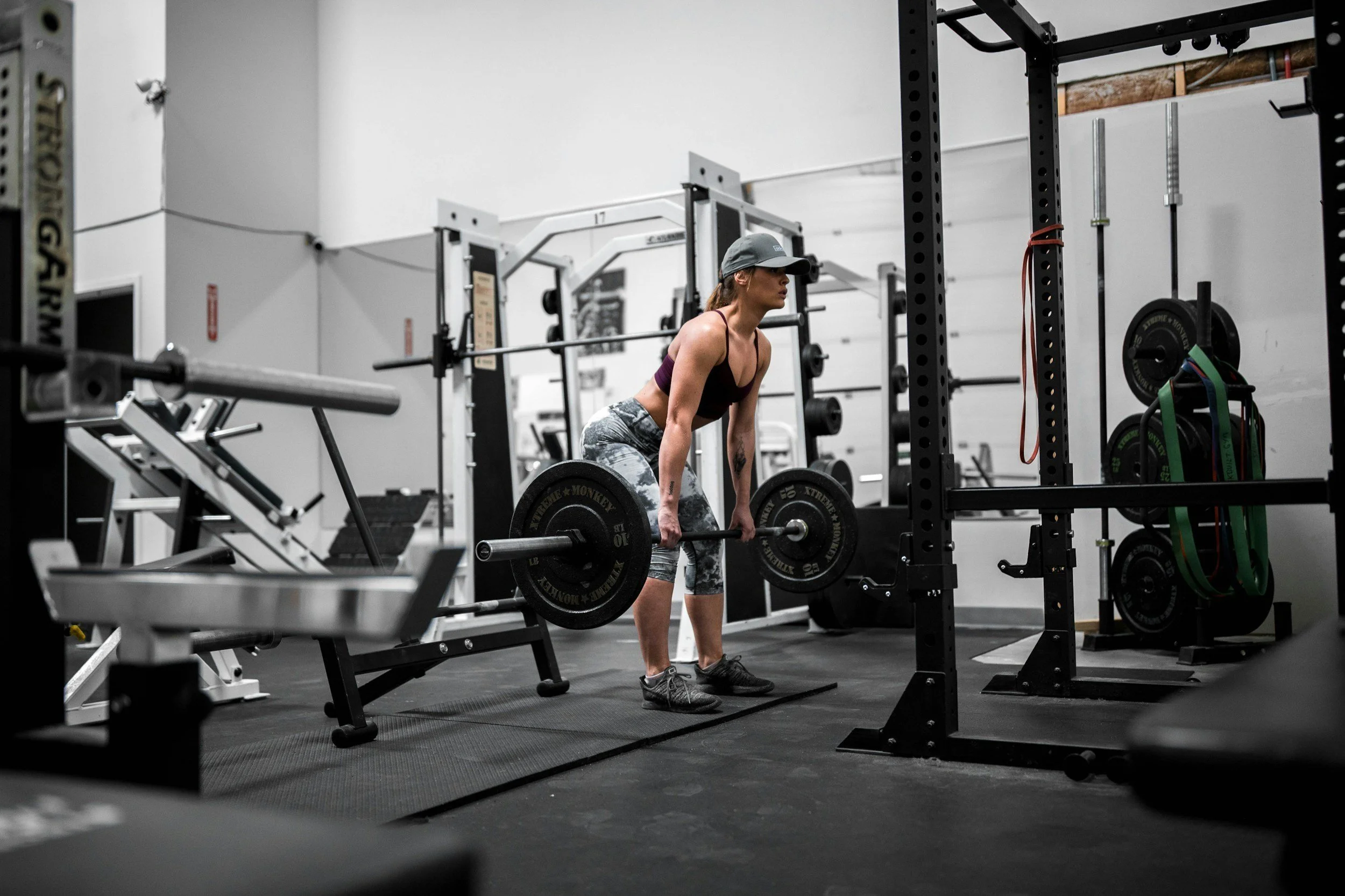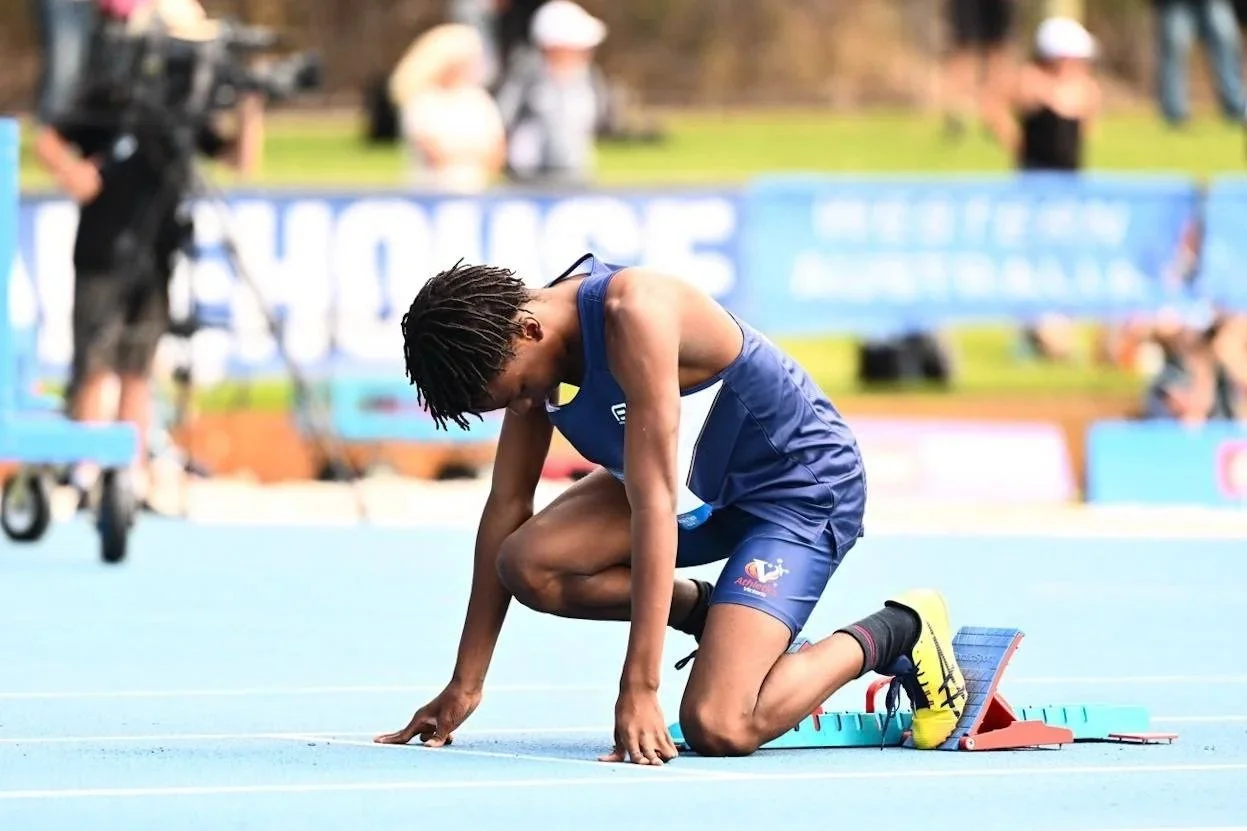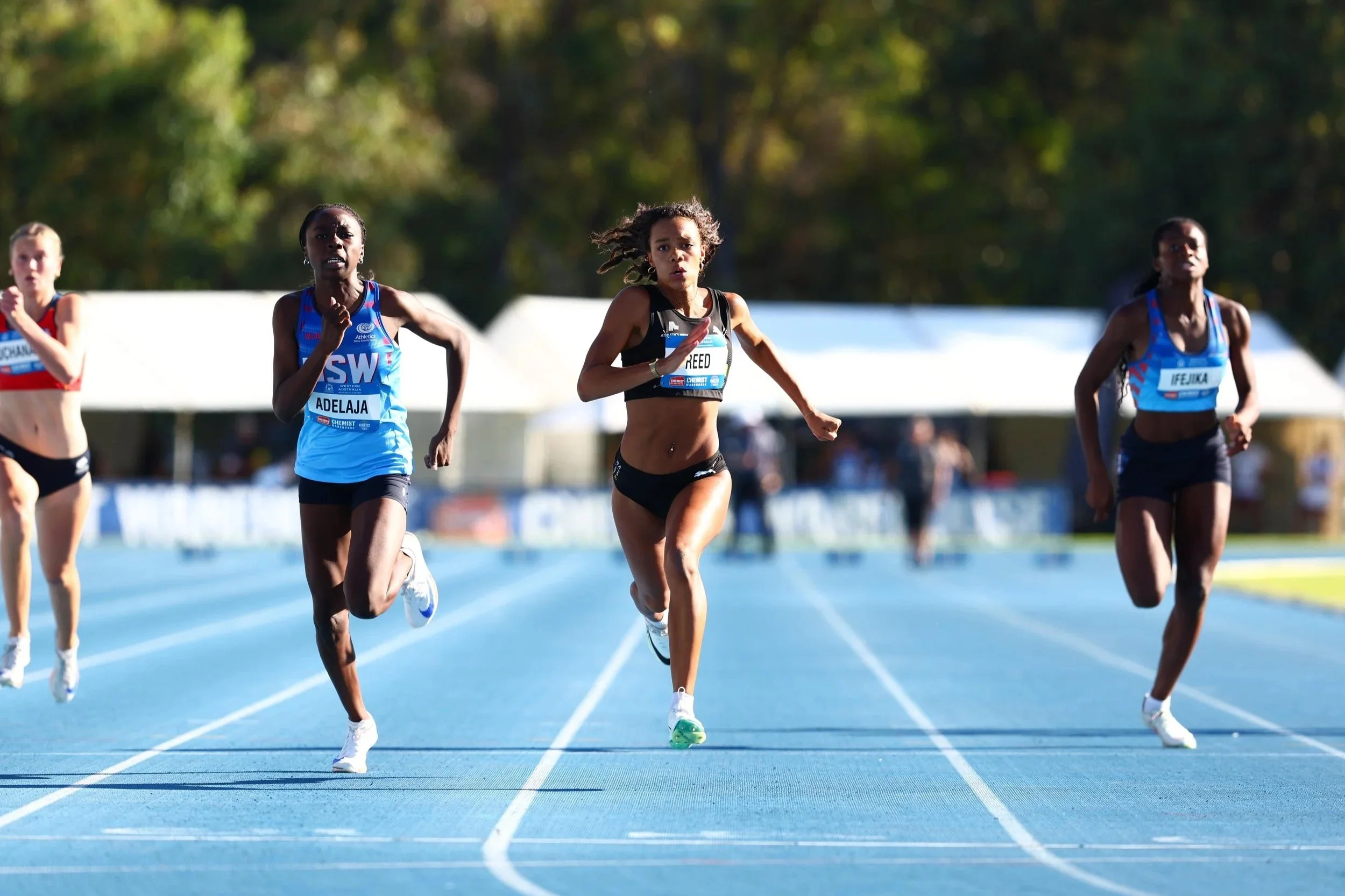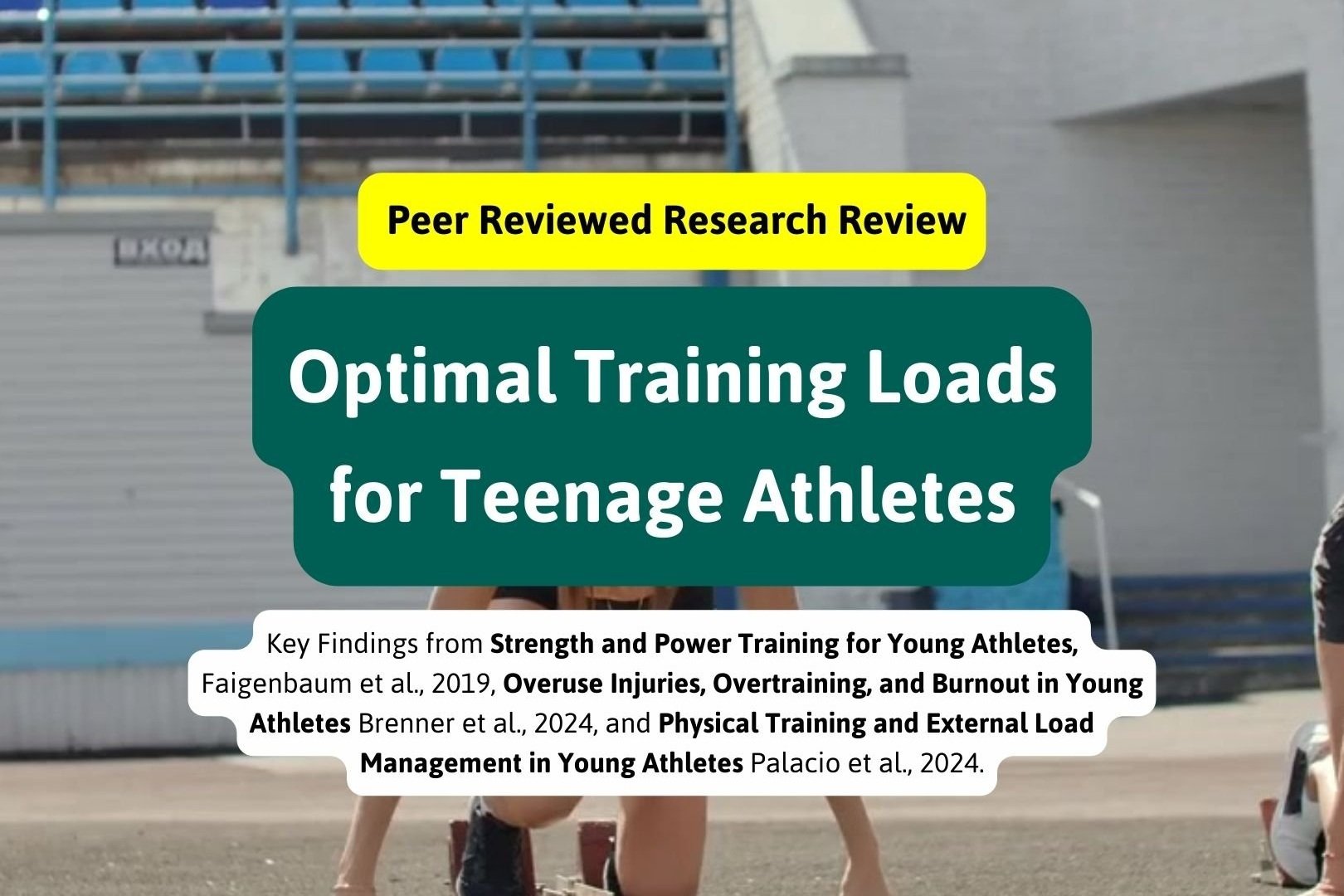Coach Education Resources

Review of Literature: The Use of Weight Training in Long-Term Athlete Development
Weight training is more than just lifting heavy, it plays a vital role in the long-term development of young athletes. This review examined 20 studies published between 2010 and 2023, exploring how structured weight training influences strength, power, performance, and injury prevention in children and adolescents. The evidence is clear: when delivered with proper technique, progressive overload, age-appropriate exercises, and professional supervision, weight training not only builds stronger athletes but also protects them from injury.

Long-Term Development of Sprinters: Part 2
Sprint technique depends not only on correct movement patterns, but also on whether the athlete has the strength and coordination to execute them effectively.
Physical preparation gives athletes the foundation to express speed. It underpins technique, protects against injury, and unlocks sprinting potential. For teenage sprinters, a long-term, well-structured strength and conditioning plan is essential, beginning with general athleticism and becoming more specific as the athlete matures.

Calculating your Athletes’ Peak Height Velocity
Track athlete growth with confidence. This simple tool helps coaches estimate where an athlete sits in relation to their peak growth period—pre-, circa-, or post–PHV. Use it to guide training focus, manage injury risk, and support performance during key stages of development. No lab testing required.

Long-Term Development of Sprinters: Part 1
Developing young sprinters starts with sound technique, but that doesn’t mean over-coaching or chasing a mythical “perfect” model.
This first of 8 installments of our Coaching Development Sprinters series breaks down what matters most at each stage of development, from upright mechanics to acceleration posture, and provides practical cues and exercises.

Cracking the Code of Adolescent Athlete Development: What Every Track and Field Coach Should Know
Navigating the wild ride of adolescent athlete development can be a challenge for track and field coaches. One moment, your athletes are improving by leaps and bounds, and the next, they’re struggling with coordination and stagnating in performance. This article dives into the science behind these changes—why boys experience explosive gains post-puberty, why girls may hit a plateau, and how to tailor training to capitalise on critical windows of development.

Understanding and Managing the Performance Plateau in Adolescent Athletes
Puberty brings a wave of hormonal, biomechanical, and psychological changes that can temporarily disrupt an athlete’s performance. Sprint times may slow, endurance can dip, coordination may feel off, and frustration can set in—especially for female athletes navigating mid adolescence.
But a plateau isn’t a dead end—it’s a phase of adaptation. In this article, we explore the four key factors affecting performance during puberty and provide practical, science-backed coaching strategies to help athletes regain confidence, refine technique, and unlock their full potential.

The Functional Movement Screen
The Functional Movement Screen (FMS) is a tool for evaluating an athlete's functional movement patterns. In this article, we break down how the FMS works, assess its effectiveness in identifying movement inefficiencies and asymmetries, and why it may be a useful addition to your coaching toolkit.

Engagement, Connection, and Inspiration in Coaching
Explore the art of coaching through Wayne Goldsmith’s perspective, focusing on building genuine connections, fostering engagement, and inspiring athletes beyond mere physical training. Goldsmith highlights a concerning global decline in youth sports participation, arguing that traditional, metric-driven coaching approaches often miss what truly motivates young athletes: meaningful relationships and a sense of purpose.

Recommended Training Loads for Teenage Athletes: A Guide to Optimal Development
Training young athletes is a delicate balance of enhancing performance while ensuring safety, longevity, and enjoyment in sports. Overtraining can lead to burnout or injury, while undertraining may limit athletic potential. For junior athletes, particularly those aged 12-18 in track and field, the correct training loads are crucial to optimizing their development while preventing injury.
This article discusses the recommended training loads for young athletes, focusing on the balance between technique, strength training, and recovery. We’ll explore research-backed guidelines and provide insights into how to tailor programs for individual athletes’ needs.

Conditioning Young Athletes
Episode 1 of a short-lived AI Podcasting era! This episode summarises the key points from the book "Conditioning Young Athletes" by Tudor O. Bompa and Michael Carrera.
Our AI hosts discuss the importance of long-term athletic development for young athletes, emphasizing the need for age-appropriate training methods to optimise performance and prevent burnout and injury.

Using Effective Coaching Cues
For track and field coaches and athletes, coaching cues are a great tool for instructing and reinforcing the desired skill components.
However, there is strong evidence to suggest that not all cues are equally effective.
This article delves into the critical role of coaching cues – specifically, external and internal cues – in shaping athletes' performance, including their ability to develop and retain newly acquired skills.

